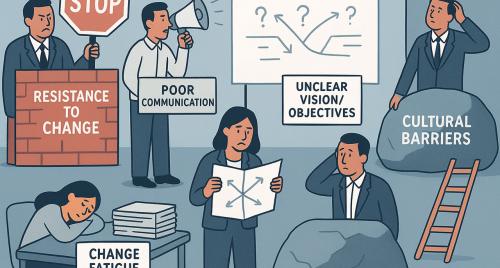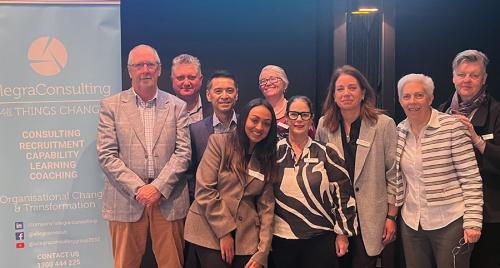
Design Thinking is not a thing or a process, rather it is an approach and mindset, which is based on the principles of empathy, creation and collaboration.
Organisations are typically biased toward Analytical thinking, which relies on the exploitation of existing knowledge to find certainty through inductive and deductive reasoning. By its very nature, this is backward looking and suppresses creativity. Design Thinking introduces more intuition and is about the exploration of new knowledge. Its goal is to create outcomes that meet desired objectives by focusing on what might be true, not what we know.
Design Thinking adds value because it uses different skills, mindsets and tools, as illustrated by the following Venn Diagram.

The most successful organisations throughout the world are using these skills, mindsets and tools to enable change, innovation and customer centricity. So how can you use a Design Thinking approach as a Change Manager?
Firstly, you have to “Know It”, which means learning some new skills and tools, like questioning and empathy maps. Secondly, you have to “Be It”, which means adopting the mindset of a designer, being personally vulnerable, learning what works through quick and cheap failures. Thirdly, and hardest of all, you have to work out how to “Use It”. Knowing and doing are two different things and the only way that you can learn Design Thinking is by doing it. I recommend a mentor or coach to help you design an approach, select tools and decide on next steps.








